
-
Find the right food for your petTake this quiz to see which food may be the best for your furry friend.Find the right food for your petTake this quiz to see which food may be the best for your furry friend.Featured products
 Puppy Lamb Meal & Brown Rice Recipe
Puppy Lamb Meal & Brown Rice RecipeVital nutrients to support 5 essential building blocks for lifelong health
Shop Now Hill's Science Diet Adult 7+ Senior Vitality Small & Mini Chicken & Rice Recipe Dog Food
Hill's Science Diet Adult 7+ Senior Vitality Small & Mini Chicken & Rice Recipe Dog FoodImproves everyday ability to get up & go
Shop Now Puppy Large Breed Chicken & Brown Rice Recipe
Puppy Large Breed Chicken & Brown Rice RecipeVital nutrients to support 5 essential building blocks for lifelong health
Shop NowFeatured products Adult Indoor Chicken Recipe Cat Food
Adult Indoor Chicken Recipe Cat FoodSupports energy level and beautiful fur in indoor cats
Shop Now Adult Sensitive Stomach & Skin Cat Food
Adult Sensitive Stomach & Skin Cat FoodHighly digestible food that is gentle on the stomach. Nourishes skin & promotes lustrous fur.
Shop Now Adult 7+ Chicken Recipe Cat Food
Adult 7+ Chicken Recipe Cat FoodSupports energy level and beautiful fur in mature cats
Shop Now -
Dog
- Dog Tips & Articles
-
Health Category
- Weight
- Food & Environmental Sensitivities
- Urinary
- Digestive
- Joint
- Kidney
-
Life Stage
- Puppy Nutrition
- Adult Nutrition
Cat- Cat Tips & Articles
-
Health Category
- Weight
- Skin & Food Sensitivities
- Urinary
- Digestive
- Kidney
-
Life Stage
- Adult Nutrition
Featured articles Pet Food Storage Tips
Pet Food Storage TipsDiscover how and where to store your dry, as well as canned, dog and cat food. Learn how to find the "best before" dates on all Hill's pet food packaging.
Read More The Incredible Science Behind Your Pet's Microbiome
The Incredible Science Behind Your Pet's MicrobiomeLearn what a pet's microbiome is, how it contributes to your pet's gut & overall health, and why nutrition is important in maintaining healthy microbiomes.
Read More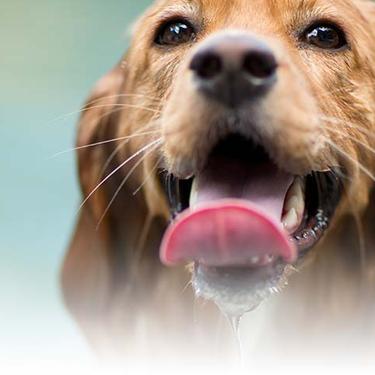 Water
WaterDiscover why water is the most important nutrient for your dog or cat to live a healthy life. Find out how much water your pet should consume each day.
Read More -


With pet obesity on the rise, it may come as no surprise that cases of diabetes in pets are also on the rise. According to the annual State of Pet Health report released by Banfield Pet Hospital, the prevalence of cat diabetes has risen over 18 percent between 2006 and 2015. Although obesity is the biggest risk factor for developing feline diabetes, it's not the only one. Even if your cat isn't obese, it's important to be able to recognize the clinical signs of diabetes so that treatment can begin as soon as possible. Keep reading to find out what you need to know about recognizing and managing diabetes in your kitty.
What Is Cat Diabetes?
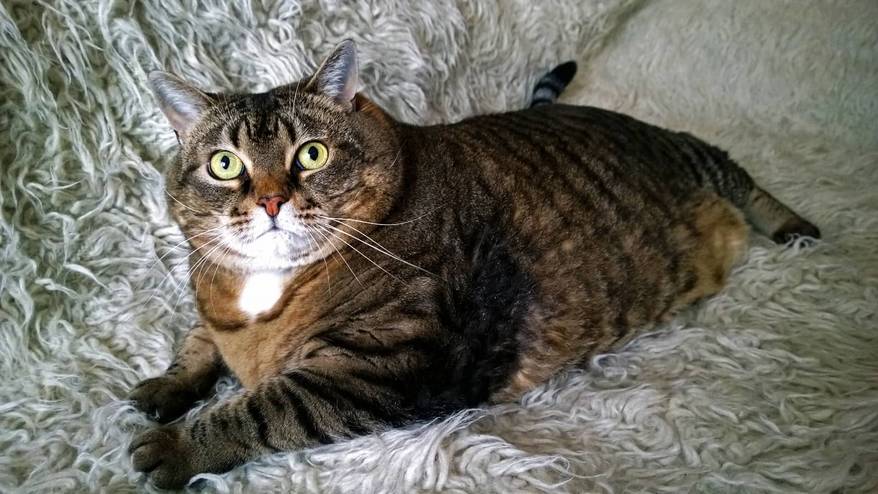
Like humans, cats can develop diabetes mellitus, also known as sugar diabetes, a disease that occurs when the body can no longer produce or use insulin properly, says Cornell University College of Veterinary Medicine. Insulin, a hormone produced by the pancreas, controls the flow of blood sugar, called glucose, to the body's cells to provide energy. Without sufficient levels of insulin, glucose doesn't reach the cells like it should, so instead the body starts breaking down fat and protein cells to use for energy, while unused glucose builds up to excessive amounts in the bloodstream.
As with humans, there are two types of feline diabetes — insulin dependent, or type I, in which the body is no longer capable of producing any insulin, and non-insulin dependent, or type II, in which either the body can't produce sufficient amounts of insulin, or the organs and tissues have become insulin-resistant, meaning that they need higher-than-normal amounts of insulin in order to properly process glucose. Occurrences of type I diabetes in cats is rare, says VCA Hospitals.
How Do Cats Develop Diabetes?
While the exact cause of cat diabetes is unknown, obese cats are the most predisposed to developing this disease. Other risk factors include chronic pancreatitis and hormonal disorders such as hyperthyroidism and Cushing's disease. Certain medications, including corticosteroids (such as prednisolone) have also been linked to diabetes. Male cats also tend to be more prone to this condition than females.
Health Implications of Feline Diabetes
Because diabetes causes the body's cells to process energy from fat and protein instead of glucose, cats with diabetes will typically lose weight in spite of displaying a healthy appetite. If left untreated, diabetes can lead to a number of health complications, the most dangerous of which is a condition known as ketoacidosis. This occurs when the breakdown of fat and protein cells becomes so great that your cat's body is effectively starving even though she's eating regularly. Signs of this condition include appetite loss, weakness or lethargy, abnormal breathing, dehydration, vomiting and diarrhea, and without immediate intensive care to provide fluids and insulin, it could be fatal.
Other diabetes-related health complications may include liver disease, bacterial infection, unhealthy skin and coat, and neuropathy, which can cause loss of strength and mobility in the hind legs. Another complication can arise from treatment of diabetes — hypoglycemia, or low blood sugar, can occur when too much insulin is given, resulting in weakness, listlessness and lack of coordination, and in some cases it can cause convulsions and even coma. If your diabetic kitty displays signs of low blood sugar, try to get her to eat something. If she won't or can't eat, Cornell recommends rubbing syrup on her gums and calling your veterinarian right away.


Tasty Tips
Signs and Symptoms
A diabetic cat will typically display a combination of these four classic signs:
- Increased appetite
- Weight loss
- Excessive thirst
- Increased urination
Excessive thirst and frequent urination are the signs most likely to be noticed first by cat owners. Often, because they need to go so frequently, diabetic cats will start relieving themselves outside the litter box. For this reason, it's highly recommended to see your vet if your kitty seems to forget her litter box training.
Treatment of Cat Diabetes
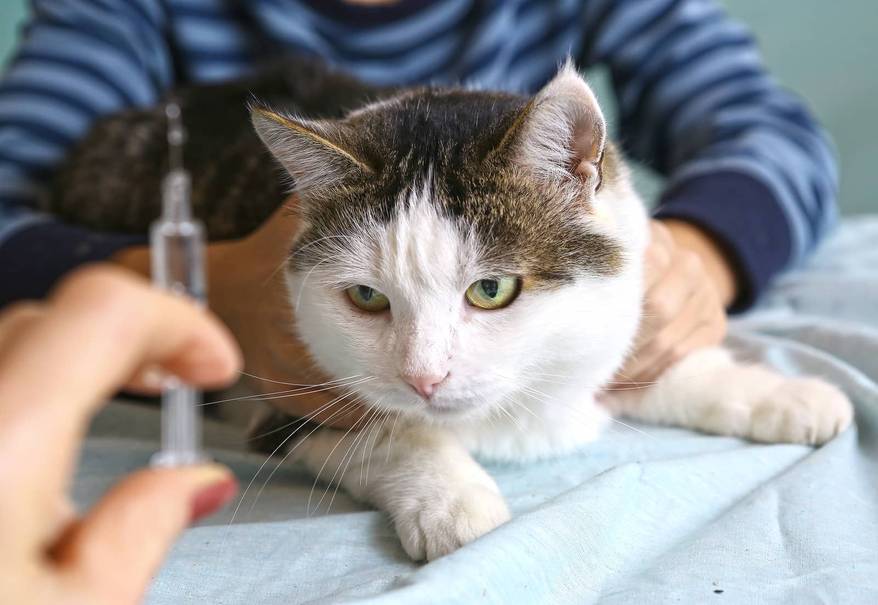
Unfortunately, there is no known cure for cat diabetes. Treatment is focused on managing the illness and typically involves insulin injections. Most diabetic cats require daily insulin injections to manage the illness, which your vet can train you to provide at home. Schedule regular checkups to monitor your cat's blood sugar and her response to the treatment.
If obesity is a factor, you'll also need to make changes to your cat's meals. Two different types of meal plans have been shown to help control both weight and blood sugar in diabetic cats. One is a meal plan that's high in fiber and complex carbohydrates. The other is a low-carbohydrate, high-protein plan. Your vet might place your kitty on a prescription food for diabetes, but determining which one is right for your cat might require some experimentation.
No matter what form your kitty's treatment takes, you'll need to closely monitor your pet, keeping track of her appetite and how often she drinks water and urinates, as well as keeping an eye out for signs of complications. If you're willing, you might also be able to monitor your cat's blood sugar with a home glucose testing kit rather than taking her to the vet every time she needs to be checked. Talk to your vet about your options if you think you and your kitty might be good candidates for home testing.
While cat diabetes is a lifelong condition, it is by no means doesn't mean your cat can't live a fulfilling life. With proper management and treatment, cats with diabetes can live long and happy lives. So if your cat shows any symptoms of diabetes, we highly recommend a visit to your vet to determine the best course of action. The sooner it can be diagnosed and treated, the better it will turn out for your precious pet.


Jean Marie Bauhaus is a pet parent, pet blogger, and novelist from Tulsa, Oklahoma, where she usually writes under the supervision of a lapful of fur babies.
Related products

Supports energy level and beautiful fur in mature cats

Low calories for less active cats

Highly digestible food that is gentle on the stomach. Nourishes skin & promotes lustrous fur.

Supports energy level and beautiful fur in indoor cats
Related articles
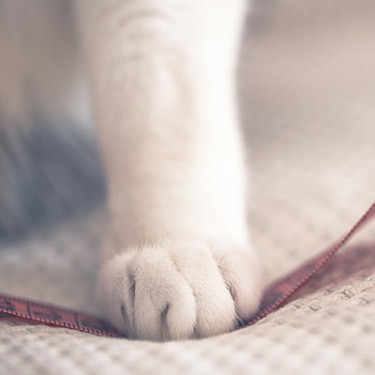
What is the best food for an overweight cat? Learn all about weight control food for cats, including what's in it and how it works.
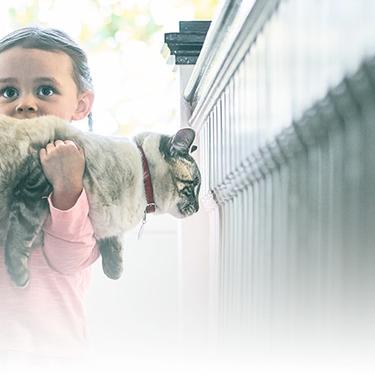
Discover how to identify cat sensitive skin and what you can do to help your cat thrive from head to paw.
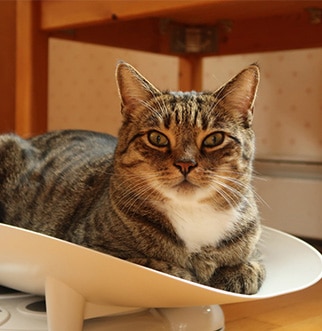
How do you get a cat to lose weight? Learn all about cat foods for weight loss, including how to choose weight control cat food and exercise tips.
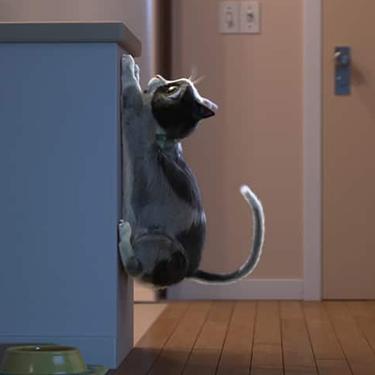
What is the best food for an overweight cat? Learn all about weight control food for cats, including what's in it and how it works.

Put your cat on a diet without them knowing
Our low calorie formula helps you control your cat's weight. It's packed with high-quality protein for building lean muscles, and made with purposeful ingredients for a flavorful, nutritious meal. Clinically proven antioxidants, Vitamin C+E, help promote a healthy immune system.
Put your cat on a diet without them knowing
Our low calorie formula helps you control your cat's weight. It's packed with high-quality protein for building lean muscles, and made with purposeful ingredients for a flavorful, nutritious meal. Clinically proven antioxidants, Vitamin C+E, help promote a healthy immune system.

